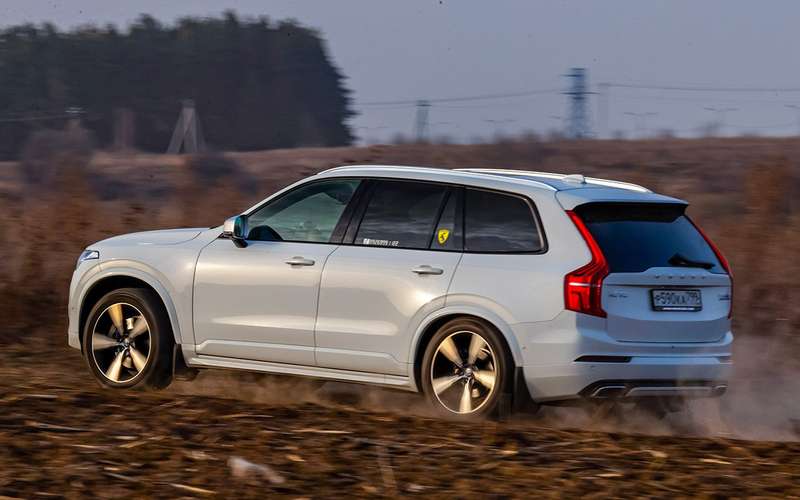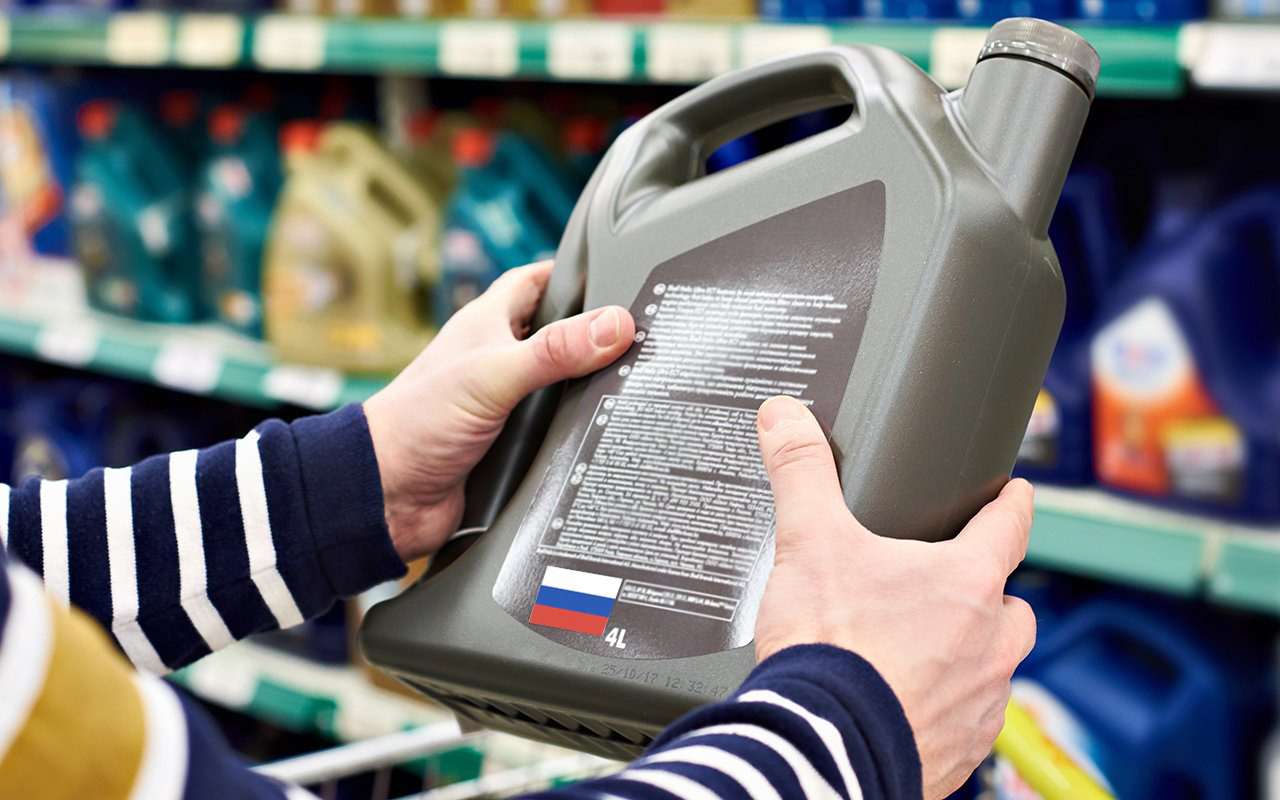Even yesterday you could not think too much: take what is in the instructions, or trust the soldier. But today we must again read the labels carefully and remember what, it seems, can be forgotten. It’s okay – let’s remember some basic points.
Are mineral oils being produced today?
When at a press conference, one of the specialists of a well-known oil manufacturer was asked by journalists what technology is used to produce their engine oil, he did not understand the question at all at first and then became angry. Suppose we offer a product with the specified characteristics, and what kind of oil it is, synthetic or mineral, the consumer does not have to worry!
A more familiar answer to our ears sounds like this. Mineral oils are still very common – for the most part they are suitable for cars with solid mileage, if they are used in greenhouse conditions. Their real quality ceiling is API SL. And the boundary between mineral water and plastic is about the viscosity class 10W-40. Higher values (e.g. 15W) can be completely mineral, but e.g. 0W is only synthetic.
Denis Zagarin, Head of the NAMI Test Center
Expert opinion
In the absence of recommended or original fluids, the transition to a household product with similar characteristics is inevitable in most cases.
What to fill in in the absence of import?
We immediately notice that imported oils can still be found on the shelves as well as in the military. However, there is one unpleasant moment – no one can guarantee that an equally “right” oil will splash into a canister with the “right” name. Today, “counterfeiters” of all kinds have been revived – unfortunately.
The remnants of real imported oils will eventually run out anyway, so there is only one option: switch to domestic products.

It sounds a little scary, but there’s nothing to be afraid of. In addition, many domestic motor oils have top-level approvals – MB, BMW, VW, Renault, Ford, Volvo, GM, Cummins, MAN, etc. Another thing is that because of the political situation, they were withdrawn from official sites, but this has nothing to do with technology. Besides, what’s the point of having or not having approvals today if warranty issues are up in the air?

When choosing the viscosity of engine oil, should the age of the engine be taken into account?
Yes, it should. Most modern engines are designed for oils such as 0W-20. Their compact design has narrow oil passages that thicker oils cannot pass through. At the same time, low viscosity oil slightly reduces fuel consumption. But for engines with relatively large clearances, whether they are structurally old or just heavily worn engines, such oils will actually be harmful. Oil pumps will not create the necessary pressure, the required oil film between the rubbing parts will not occur, and oil deficiency will quickly ruin the engine. It can be conditionally assumed that oils with a low viscosity should not be used in engines under the 3rd ecoclass.
Do I need a special oil for direct injection engines?
Yes, turbocharged direct injection engines require specific oils that are not afraid of the so-called LSPI (Low-speed pre-ignition) effect. We are talking about unwanted pre-ignition, which is caused by the ignition of hot soot particles or additives in contact with some of the fuel supplied under high pressure by an injector. This creates a shock wave that destroys engine components. To avoid this phenomenon, the API introduced a new specification on May 1, 2018 – API SN Plus, which has been replaced by the most current API SP since May 2020.

What exactly affects the HTHS parameter?
HTHS characterizes the high temperature viscosity of an oil, measured at 150°C. The meaning is this: the lower the HTHS, the lower the friction loss and the higher the economy. On the other hand, the strength of the oil film is proportional to HTHS.
HTHS parameters and SAE specification
|
HTHS<3.5 |
HTHS3.5 |
HTHS3.7 |
|
xW-8/12/16 |
xW-30 |
15W/20W/25W-40 |
|
xW-20 |
0W/5W/10W-40 |
xW-50 |
|
xW-30 |
|
xW-60 |
In other words, the HTHS parameter should not be large or small, but optimal for each motor. This is actually why this parameter is not indicated on canisters as it is actually included in the oil specification.
Long-playing oils – advertising or reality?
And so and so. For example, at BMW, the LongLife prefix is included in the official name of the approval, e.g. BMW Longlife-01. But in general, this is the internal lexicon of manufacturers. A household example is G-Energy Synthetic LongLife 10W-40. But one should not think that with the purchase of such an oil you can somehow independently deviate from the recommended replacement intervals.
The LongLife label indicates that this product is suitable for the flexible service interval programs recommended by some vehicle manufacturers.
The point is that the decision is made by the onboard computer, which may allow a longer ride on one oil charge, or require an earlier replacement.
What is poured on the AVTOVAZ conveyor?
For H4M engines – Lukoil Genesis RN 0W-30, and for the rest – ROSNEFT MAGNUM MAXTEC 5W-40.
The replacement interval is every 15,000 km (for front-wheel drive models), or every 10,000 km (for all-wheel drive models), or every year, whichever comes first.
- 5 simple rules to prevent fat burning (applies to everyone!) here.
- “Driving” can be read in Odnoklassniki.
For an old engine you need one oil, for direct injection engines another. The Za Rulem expert told you which oil is suitable for your car as an alternative to imported oil.



